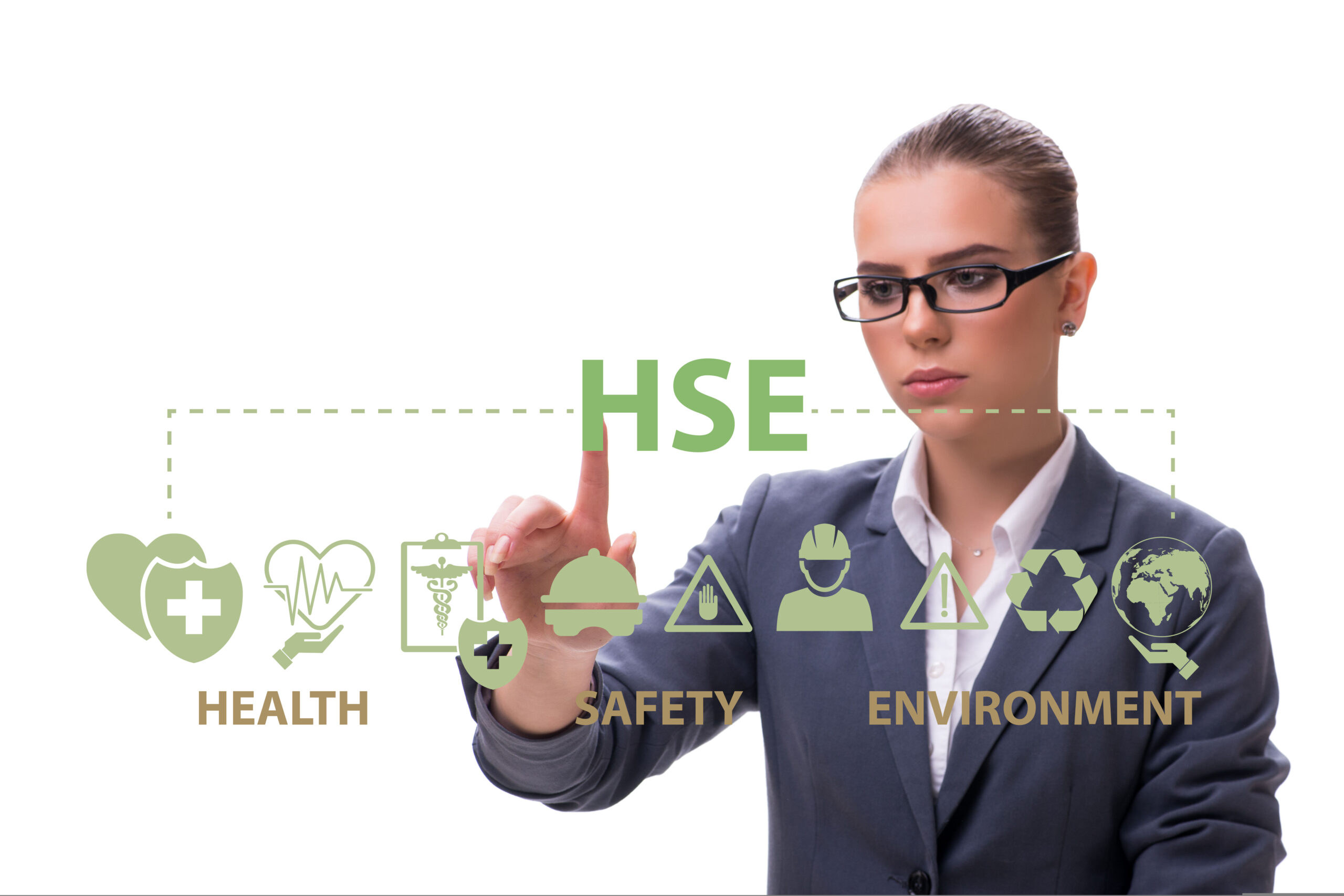Efforts to consider the Environmental, Social, and Governance (ESG) dimension of doing business began in 2004 when the United Nations Global Compact published the study, “Who Cares Wins”, which described the crucial role of ESG in sustaining businesses in the long term. The underlying principle was that ignoring environmental and social factors brought substantial risks to a company along with corresponding monetary costs. On the other hand, integrating ESG into business practices brings gains and long-term stability. Basically, whoever pays more attention to the welfare of their stakeholders wins.
In 2015, the United Nations General Assembly put together the 17 Sustainable Development Goals (SDGs), which highlight the key areas to tackle to put an end to pressing global challenges. The SDGs provide just the necessary push and structure to bring ESG initiatives to fruition. Illustrated in the figure below are the ESG elements contained within each of the 17 goals.

In the previous article, The Advantages of ESG for EHS Professionals, EHS was identified as the most measurable metric in ESG reporting. Hence, a robust EHS management system can give businesses the head start they need to become competent through the ESG lens. This system should be resilient to disruptions but also have the ability to evolve when the need arises.
Here are the five basic steps to building such a system:
1. Develop a Meaningful EHS Policy
Top management should craft a succinct list of objectives that outline the organization’s commitment to EHS. It should be aligned with the core principles of the company. A meaningful EHS policy only zooms in on an organization’s core values through the EHS lens, it doesn’t create new ones. This integrated approach makes it easier to communicate the policy to employees across different units.
To get an idea if yours is a good one, think about it this way: when confronted by an EHS dilemma, will your employees be able to turn to your list of objectives and somehow get an idea of which direction to go next?
If the answer is yes, chances are you are on the right track. In any case, never be too complacent and regularly assess if there is any way to improve your policy moving forward. Note that the operative word in this step is “develop”, not “establish”. Even EHS is not immune to changing times, and a meaningful EHS policy is a product of continuous change to better suit the present.
2. Plan and Integrate EHS into Daily Operations
Once an EHS policy is laid out, the next important step is to identify EHS risks and assess your current control capability. A good way to start would be to identify the legal requirements that need to be complied with and craft a review process for such documents.
After which, lay out your strategy.
- What are your specific goals?
- When do you plan to achieve full compliance with these goals?
- Who will be accountable?
- How will you track your progress?
Responsible parties should understand their specific roles and responsibilities in risk control and mitigation and be equipped with standardized processes for documentation.
A plan is only as good as its implementation, so develop an organizational structure to communicate it to internal and external stakeholders.
3. Measure EHS Management System Performance
During implementation, there should be a mechanism to gather data on how the system operates in actual practice. This gives the most straightforward opportunities to identify and respond to areas needing corrective action.
The organization must also lean on key performance indicators (KPIs) that would best reflect its strengths and weaknesses. Ideally, KPIs are a mix of metrics that evaluate EHS success from previous outcomes (lagging indicators) and project future performance from current practices (leading indicators).
4. Facilitate Continuous EHS Education and Training
It is important to promote a growth mindset throughout the entire organization. Employees must feel free to lodge suggestions and complaints with regards to existing protocols. Remember that you are building a management system, and you cannot build one without engaged employees.
Hence, there must also be education and training programs that help them improve their ability to comply with protocols and build competence and confidence to spot and communicate what might need improvement.
5. Review EHS Outcomes
The management should review EHS policy regularly to ensure two things: compliance and relevance. This should not be a problem if steps 1 to 4 have been carefully executed. With clear goals, an implementation strategy, reliable measurement tools, and engaged employees, the management can easily have a bird’s-eye view of the EHS situation.
Deficiencies in complying with legal requirements and internal targets prompt an organization that their execution needs improvement. Results from EHS management audits, external auditors, and stakeholder inputs also give an idea of how well an EHS management system works and which aspects need attention.
Conclusion
A good strategy in building an EHS management system that works is to seek a balance between rigidity and adaptability. Build standard protocols that prevent harm and build on the lessons once these protocols do not work out as planned.
While the tasks could seem overwhelming, investing in EHS management system tools that organize, automate, and communicate these processes can help organizations reach their EHS targets while also increasing their bottom line in the long run.
Author Bio
The SafetyStratus Research Advisory Group (RAG) brings together thought leaders from the global environmental, health and safety community to promote best practices and provide key insights in the profession and the industries they serve. The Research Advisory Group also advocates, where practical, the intersection of and advances with the use of technology, such as the SafetyStratus enterprise EHS software platform. Group membership consists of representatives from across varied disciplines and market sectors as well as select members of the SafetyStratus team.
The primary objectives of the SafetyStratus RAG partnership are to:
- Build a strategic partnership between EHS practitioners and the SafetyStratus team.
- Provide engaging and practical content to the global EHS community.
- Provide discipline and market feedback specific to SafetyStratus products and services.
While the objectives of the RAG are varied, the primary public-facing outcome will be available through engaging and practical content found on the SafetyStratus resource pages. Various articles, papers, and other valuable resources will be produced and shared as part of an ongoing effort to cultivate a robust community. Ultimately, the SafetyStratus RAG will expand to have a broader reach and provide opportunities for more inclusion by all interested EHS professionals in a collaborative community environment.
Bibliography
Chakravarty, N. ESG to SDGs: Connected Paths to a Sustainable Future – SustainoMetric. SustainoMetric. Retrieved 25 August 2021, from https://sustainometric.com/esg-to-sdgs-connected-paths-to-a-sustainable-future/.
United Nations Global Compact. (2004). Who Cares Wins. Connecting Financial Markets to a Changing World. https://d306pr3pise04h.cloudfront.net/docs/issues_doc%2FFinancial_markets%2Fwho_cares_who_wins.pdf



